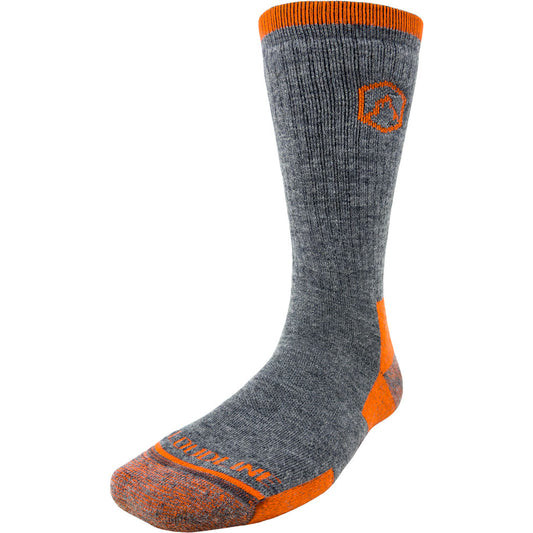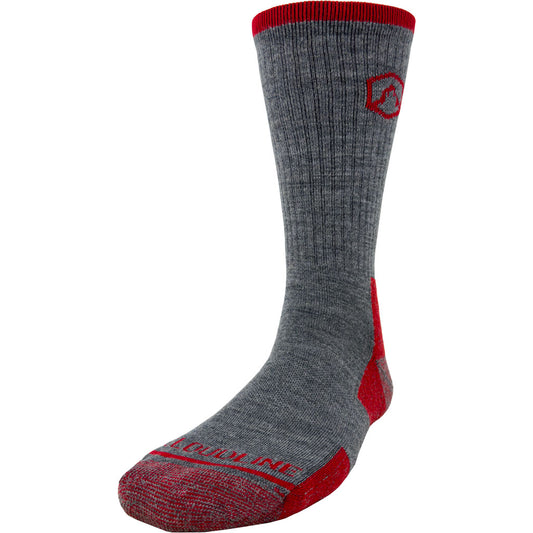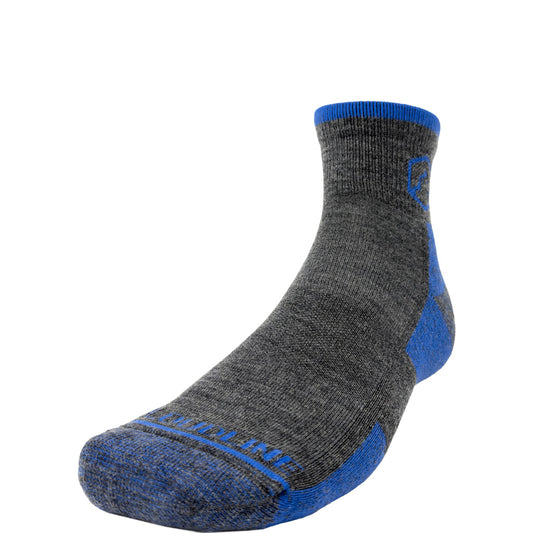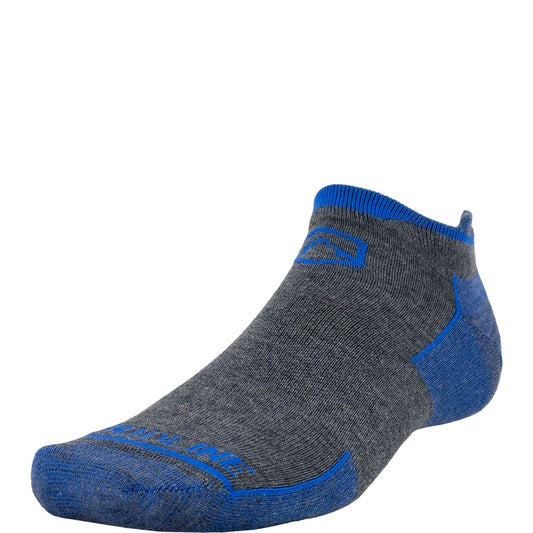
How To Build a Sleep System for Camping
Sleeping “out there” sounds like a simple subject, doesn’t it? Maybe when you used to go camping with family or friends, you would toss a tent, sleeping bag and some blankets in the back of your car and roll out for a night under the stars. Maybe you have never slept a night without walls. Maybe you are a seasoned camper looking for a four-season sleep system. Whatever goals you have for spending nights free from the bustle, lights and hurry of life, here’s your one and only simple, safe and comfy guide to your best backcountry sleeping experience.
Overview

The term “sleep system” encompasses not only your choice of sleeping bag or quilt, but also liners, bivies, pillows, clothes and storage for these items. In short, a sleep system is the gear you need to sleep well camping or backpacking. Depending on your adventure goals, location, and personal needs, the best sleep system for you could be completely different from someone else hitting the same trails or setting up camp at the same time of year. To select a sleep system that keeps you comfortable hiking into camp and through the night, first asses your goals using these primary considerations.
Am I going to be car camping or backpacking?
Car camping and backpacking share many similarities, but your gear will need to be significantly lighter and more compact for backpacking.
How cold will temperatures get?
Think through the location, season, altitude. The coldest possible temperature you see yourself sleeping in should be your guide through building a sleep system. If any system will not keep you warm at that temperature, then you need to rethink your set-up.
What gear am I already planning to use?
Do you already own gear that is a part of your sleeping system? Any gear that will impact your sleep, from hammocks and tents to clothing and pillows, needs to be considered as an important piece of a whole system.
How light do I want my pack to be?
For backpackers, this is a never-ending topic when it comes to gear. Balancing the warmth, comfort and affordability of a sleep system with weight and compactibility for days on the trail with influence every decision that goes into your sleep system.
Let’s start at the bottom and move up in planning our sleep system. First up: sleeping pad or platform.
Choosing a Sleeping Pad

First- yes! You should absolutely have a sleeping pad. These mats can be minimal or maximal but serve as a barrier between the uneven, cold ground and your body. Sleeping pads offer the protection and insulation for your bag or quilt to do its job, and insulation is rated using “r-value.” In general, use these r-value rankings as a guideline.
- Summer or warm weather only: 0-2
- Three season: 3-4
- Sub-freezing or winter: 4-6
Planning to use a hammock or cot? Beware of using platforms like these without a sleeping pad, because the exposed bottom causes air to continually cool the space beneath you. A sleeping pad in these situations is equally, if not more important than one on the ground, for keeping your body insulated. Under-quilts are another gear piece that hammock-sleepers should check into, offering insulating from beneath and above.
Choosing a Sleeping Bag or Quilt

Above the sleeping pad, your next layer will most likely be a sleeping bag or quilt. Your bag or quilt and sleeping pad are interdependent, each enabling the other to insulate and protect you best. Whatever sleeping bag or quilt you have, check to make sure that it is compatible with your sleeping pad in the coldest conditions you anticipate. Looking for more information on sleeping bags or quilts? Check out this article here to clear up any confusion. Bring along bag liners or blankets to add extra insulation.
Choosing Clothing

Above your sleeping pad and bag is the source of heat that all of this gear is meant to insulate- that’s you! The clothes you wear are also part of your sleeping set-up, as they give you added warmth and comfort through the night. Keep in mind that sleeping bag and quilt temperature ratings are based on sleepers wearing only base layers, and start layering up from there.
In cold conditions or for cold-natured sleepers, it’s important to keep some extra layers next to you in case you get cold at night. These layers should include a beanie, a Buff and a core-insulating fleece jacket or puffy. Be sure you bring along an extra pair of warm, wool socks, and set them aside for sleeping only. During the day, your socks gather moisture that will make your feet cold once you have stopped moving. If your feet tend to get cold at night, you can also wrap your rain jacket around them in your sleeping socks to add extra insulation.
In warmer temperatures, still keep a Buff, beanie and socks next to you just in case, and leave any layers you shed at night close to you for quick access.
Choosing a Shelter

Above your sleeping pad, sleeping bag or quilt and you is your shelter. Your shelter plays an important role in how protected, vented and insulated you are at night. Those three aspects are the crucial roles of a shelter. With your shelter in mind, read through each one and assess if your current set-up meets your personal needs.
- Protection from the elements is necessary to keep your sleep system functioning well. Proper protection guards your bag and pad from getting wet, whether that comes from above or below. While some people prefer to use a tent that provides total protection from water, others might opt for a tarp or rain fly above with a ground sheet beneath them. Whatever you choose, it must keep your other gear pieces dry to function well.
- Venting will keep out condensation, but can also let in drafts. Depending on your answers to the introductory questions, choose a shelter that fits your adventures. Most tents have simple adjustments to help fight condensation, and the other pieces of your sleep system can help you manage drafts.
- Lastly, the insulation of your shelter plays a role in how it works for you. Bivies sometimes feature a thermo-reflective layer that keeps body heat sealed inside, while sleeping under a tarp or rain fly will offer almost no added insulation. For winter campers, 4-season tents or even quinzees, shelters made of packed snow, will aid in keeping the air inside at a consistent temperature. When it comes to the level of insulation for your shelter, work through the temperature ratings of other elements of your sleep system first, and then make a decision.
Accessories
To finish off your sleep system, top it off with accessories. Find a backpacking pillow, or learn to love a lumpy jacket or two wrapped in a t-shirt to keep your head up. Eye masks might be a good investment for campground campers, while those in the backcountry might opt for down booties to keep your feet ultra cozy. Last but not least, my favorite tip for sleeping out on cool and cold nights- boil some water and pour it in your Nalgene.
Snuggle up and sleep tight!




